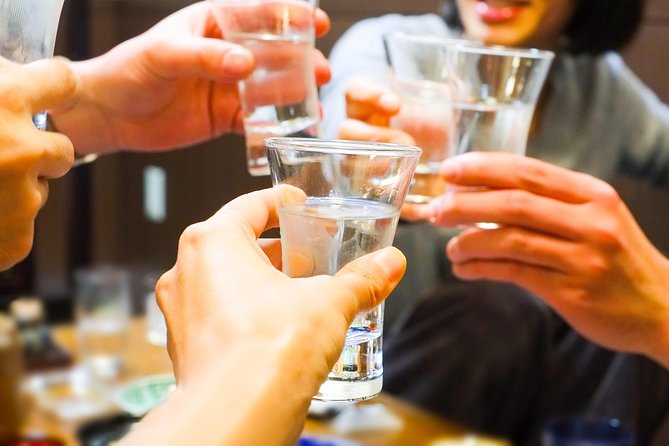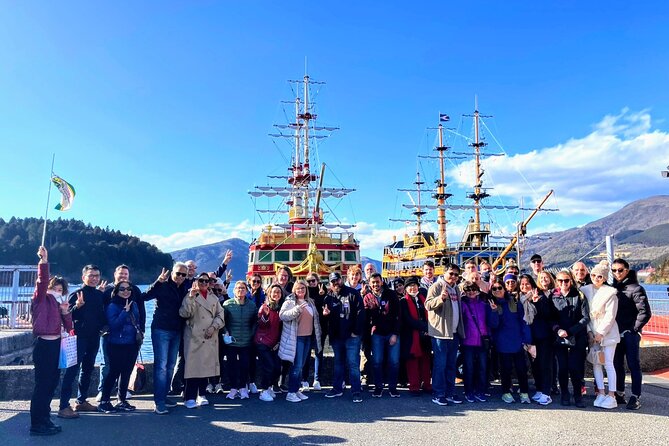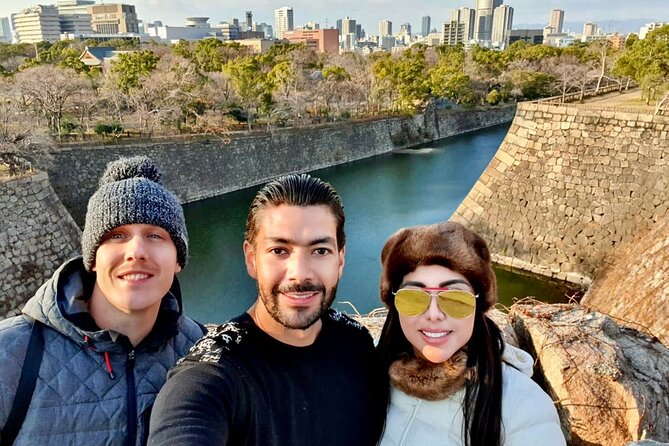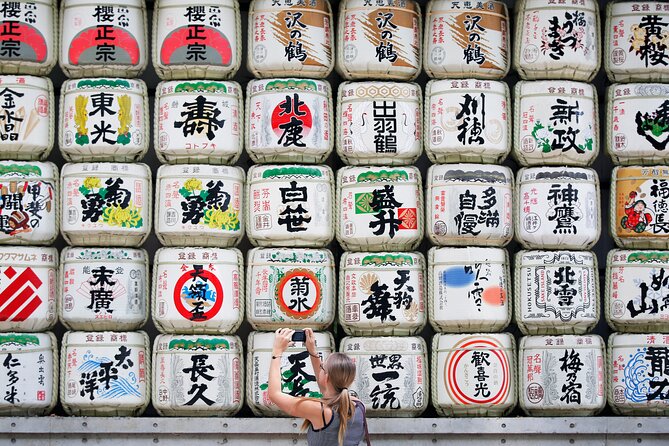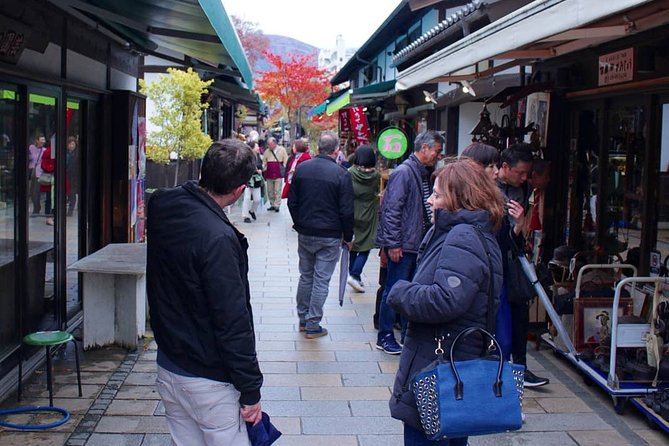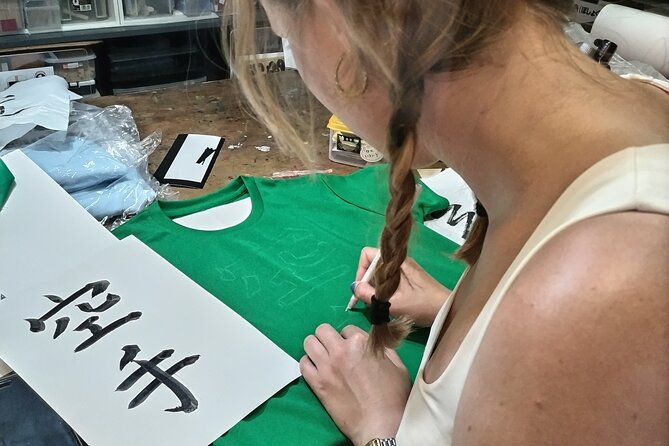As they step into the world of Echizen lacquerware, participants are transported to a realm of ancient traditions and meticulous craftsmanship. Guided by skilled artisans, they embark on a journey to create their own lacquering tray, mastering techniques passed down through generations. With every brushstroke, they uncover the intricate process behind this revered Japanese art form. But what secrets lie behind the glossy finish and vibrant hues? The artisans’ whispers of "urushi-e" and "kijiro" hint at a rich history waiting to be uncovered – and the making of Echizen lacquerware is just the beginning.
Just The Basics
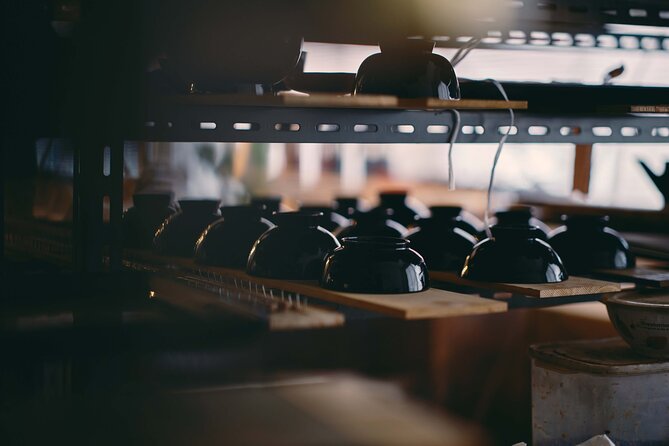
• Echizen lacquerware is crafted using centuries-old techniques, with skilled artisans in Fukui Prefecture carefully selecting and preparing fine woods.
• The lacquering process involves applying multiple layers of lacquer with precision and patience, followed by meticulous polishing to reveal subtle nuances.
• In the Lacquering Tray Experience, participants learn traditional Japanese techniques, such as ‘urushi-e,’ and gain hands-on experience with lacquer application and polishing.
• Seasoned artisans provide expert guidance, sharing techniques refined over centuries and offering secrets and tips gathered from years of experience.
• The experience requires a moderate physical fitness level and takes place in Sabae, Fukui, with private transportation provided and a creative journey beginning at 1:00 pm.
Lacquerware History and Significance
With a rich history spanning over 9,000 years, Japanese lacquerware has been a cornerstone of the country’s craftsmanship, revered for its exquisite beauty, durability, and spiritual significance.
This ancient art form has been passed down through generations, with each piece telling a story of dedication, patience, and skill.
Lacquerware wasn’t only a symbol of wealth and status but also held spiritual significance, often used in Shinto and Buddhist rituals.
The intricate designs, vibrant colors, and glossy finishes evoke a sense of wonder, transporting you to a world of elegance and refinement.
As you explore the world of lacquerware, you’ll discover the intricate bond between art, culture, and tradition that has made it an integral part of Japanese heritage.
Craftsmanship Behind Echizen Lacquerware
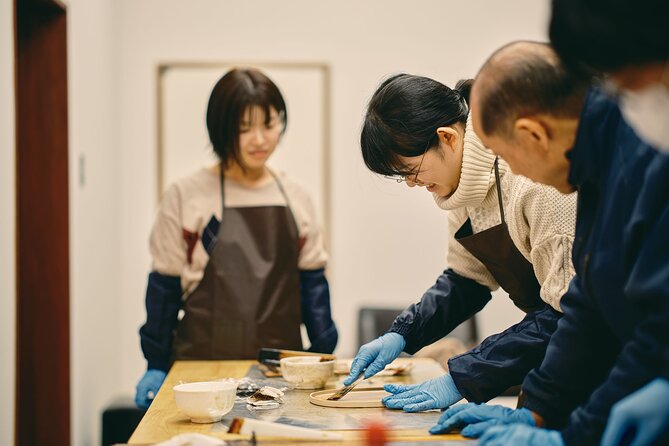
In the heart of Fukui Prefecture, skilled artisans meticulously craft Echizen lacquerware, infusing each piece with a symphony of techniques honed over centuries, as they strive to perfect the art of applying layers of translucent lacquer to create a mesmerizing dance of color and light.
With precision and patience, they carefully select and prepare the finest woods, before applying multiple layers of lacquer, each one meticulously polished to reveal the subtle nuances of the material.
The artisans’ dedication to their craft is palpable, as they coax forth the hidden beauty of the wood, creating pieces that are at once functional and breathtakingly beautiful.
Every Echizen lacquerware piece is a testament to the artisans’ mastery of their craft, a symphony of technique, creativity, and passion.
Lacquering Tray Experience Overview
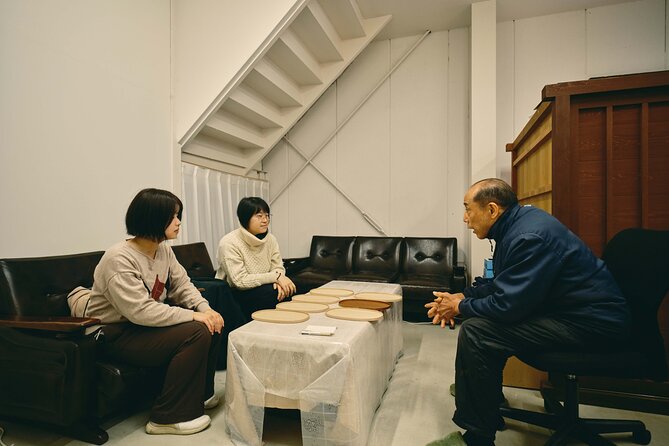
Skilled artisans guide participants through the intricate process of crafting a lacquering tray, imparting centuries-old techniques and trade secrets as they work alongside them to create a stunning, one-of-a-kind piece.
This immersive experience lets participants explore the world of Echizen lacquerware, learning the intricacies of this ancient craft.
With private transportation provided, participants meet at Kinkori Shikkiten, a charming red brick building in Sabae, Fukui.
From 1:00 pm, they embark on a creative journey, surrounded by the tranquil atmosphere of Japan’s countryside.
With a moderate physical fitness level required, participants are ensured a hands-on adventure that’s both fun and educational.
Hands-on Lacquerware Making Process
As they don their aprons, participants step into the role of apprentice artisans, ready to get their hands wet and sticky with the intricate process of crafting their own unique lacquerware tray. With guidance, they learn to mix and apply the lacquer, carefully coating the wood to achieve a smooth, glossy finish. The process requires patience, precision, and a steady hand.
| Step | Task | Tips |
|---|---|---|
| 1 | Prepare the wood | Sand to perfection |
| 2 | Apply the lacquer | Thin coats for best results |
| 3 | Allow to dry | Patience is key |
| 4 | Add decorative touches | Get creative with designs |
As they work, participants are fully immersed in the world of Echizen lacquerware, learning the techniques and traditions that have been passed down through generations of artisans.
Expert Guidance and Techniques
Under the watchful eyes of seasoned artisans, participants master the intricacies of lacquerware production, learning expert techniques that have been refined over centuries.
With precision and patience, they guide each step, from applying layers of lacquer to meticulously polishing the final product.
Participants learn the art of ‘urushi-e,’ a traditional Japanese technique that requires great skill and attention to detail.
The artisans share their expertise, imparting secrets and tips gathered from years of experience.
As participants work alongside these masters, they gain a deep appreciation for the craftsmanship and dedication required to create exquisite Echizen lacquerware.
With expert guidance, they’re able to craft their own stunning lacquerware pieces, taking home a true masterpiece.
Fukui Prefecture’s Lacquerware Heritage
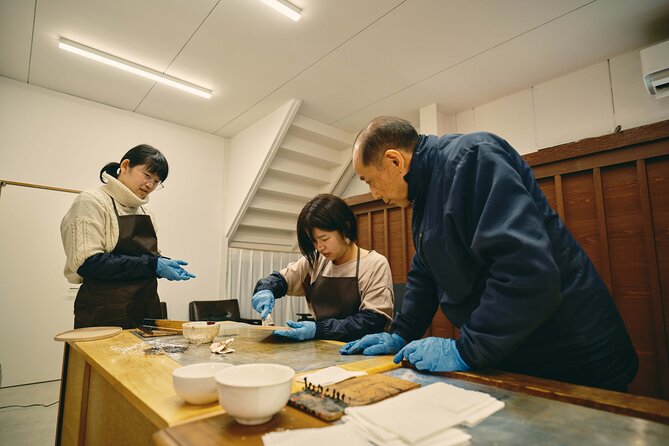
Fukui Prefecture’s rich cultural heritage is deeply intertwined with its centuries-old lacquerware tradition, which has been meticulously preserved and passed down through generations of skilled artisans. This heritage is a testament to the region’s dedication to craftsmanship and attention to detail.
Fukui’s lacquerware has been prized for its exceptional quality and beauty since the Heian period (794-1185 CE).
The region’s unique climate and natural resources have allowed artisans to develop unique techniques, such as the use of Japanese urushi lacquer.
Today, Fukui’s lacquerware is highly sought after by collectors and enthusiasts alike, with many pieces considered true masterpieces of Japanese craftsmanship.
What to Expect From the Tour
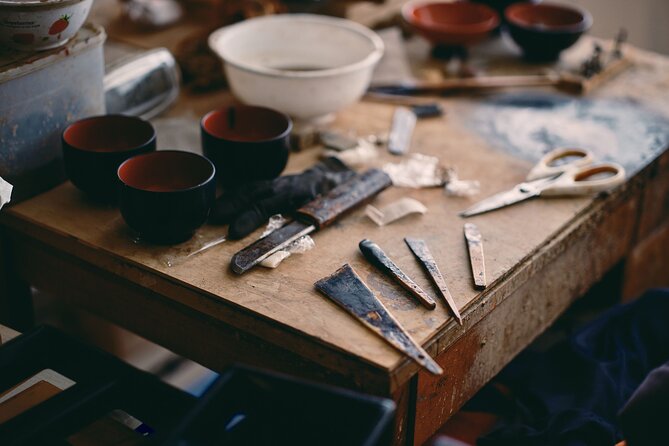
In this unique hands-on experience, participants embark on a fascinating journey to create their own lacquered tray, guided by expert artisans who share the secrets of Echizen lacquerware’s centuries-old techniques.
As they explore the world of traditional Japanese craftsmanship, they’ll discover the intricacies of lacquerware production, from preparing the wood to applying multiple layers of lacquer.
With private transportation provided, you will meet at Kinkori Shikkiten, a red brick building in Kawadachō, Sabae, Fukui, and begin their 1:00 pm adventure.
Throughout the tour, they’ll enjoy a moderate-paced, physically active experience, suitable for those with a reasonable fitness level, and take home their very own, handcrafted lacquered tray as a memento of their unforgettable journey.
Booking and Cancellation Policies
Craft Invitation’s booking and cancellation policies ensure a seamless experience, allowing participants to secure their spot with ease while maintaining flexibility.
They understand that plans can change, and their policies are designed to accommodate that.
Free cancellation is available up to 24 hours before the experience starts, allowing for last-minute changes.
With the ‘Reserve Now and Pay Later’ option, participants can secure their spot without immediate payment, giving them time to finalize their plans.
The Lowest Price Guarantee ensures that participants get the best deal possible, providing peace of mind throughout the booking process.
Frequently Asked Questions
Is Lunch Provided During the Lacquering Tray Experience?
She wonders if lunch is included in the adventure – unfortunately, it’s not mentioned in the details, so she’ll need to plan ahead and grab a bite before the 1:00 pm start time to fuel her creative escapade.
Are There Any Age Restrictions for the Lacquerware Making Activity?
She wonders if age is a factor; fortunately, there aren’t any specific age restrictions mentioned, but a moderate physical fitness level is required, implying it’s geared towards adults and older kids who can keep up.
Can I Bring a Friend Who Doesn’t Participate in the Activity?
She can bring a friend who doesn’t participate, but they’ll need to stay at the meeting point, as private transportation is only for participating guests, and the activity’s private setting can’t accommodate non-participating observers.
Are There Any Alternative Meeting Points Besides Kinkori Shikkiten?
She wonders if there are alternative meeting points besides Kinkori Shikkiten, and unfortunately, it seems that’s the only designated spot, connected to Sava!Store, a charming red brick building in Kawadachō, Sabae, Fukui.
Can I Bring My Own Lacquerware Tools or Materials?
She wonders if she can bring her own lacquerware tools or materials to the experience, but it’s best to check with the operator beforehand to avoid any conflicts or ensure compatibility with their equipment.
Not for you? Here's more of our most recent tour reviews happening neaby
Final Words
As the lacquering tray experience comes to a close, participants walk away with more than just a beautifully crafted keepsake.
They’ve gained a profound appreciation for the artisans who’ve dedicated their lives to preserving Echizen lacquerware’s rich heritage.
With hands now skilled in the ancient techniques of ‘urushi-e,’ they’re inspired to continue exploring the world of traditional Japanese craftsmanship, forever changed by the beauty and precision of this timeless art form.

